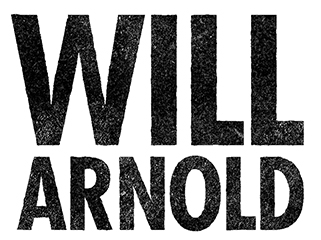

The landscape of Illinois is, above all else, a landscape of utility. The urban and suburban sprawl of Chicagoland gives way to the fertile farmland of Central Illinois and the vast mines in the hills of the southern part of the state. Despite being the fifth most populous state in America, Illinois ranks 48th in the amount of land preserved for public parks. Nearly 80% of Illinois’ nearly 60,000 square miles are dominated is dominated by commercial agriculture. The “Prairie State” is certainly an open and empty landscape; but there is no frontier. The land is in use and accounted for.
The small towns that dot the landscape were once bustling hubs of commerce based around grain elevators and railroads. They came to represent the quintessential American landscape – the hallowed ground of American identity – the Heartland. These are quiet towns that outsiders rarely have a reason to visit. It is enough to simply know that these places exist the supposed last refuge of traditional American values. We hang on to these romanticized images of the rural Midwest despite the fact that these towns have gradually emptied out. As their inhabitants move to larger regional cities in search of employment, those who remain make daily commutes to those cities to work and shop trading the plow for a desk and the local hardware store for a Wal-Mart.
What remain are small interruptions in the expansive Midwestern landscape. Communities of people that live in the midst of this vast agricultural factory. Gertrude Stein wrote “In the United States there is more space where nobody is than where anybody is. This is what makes America what it is.” Where Anybody Is is an exploration of this utilitarian landscape and how the people of this region create a personal sense of place within an overwhelmingly homogenous space.